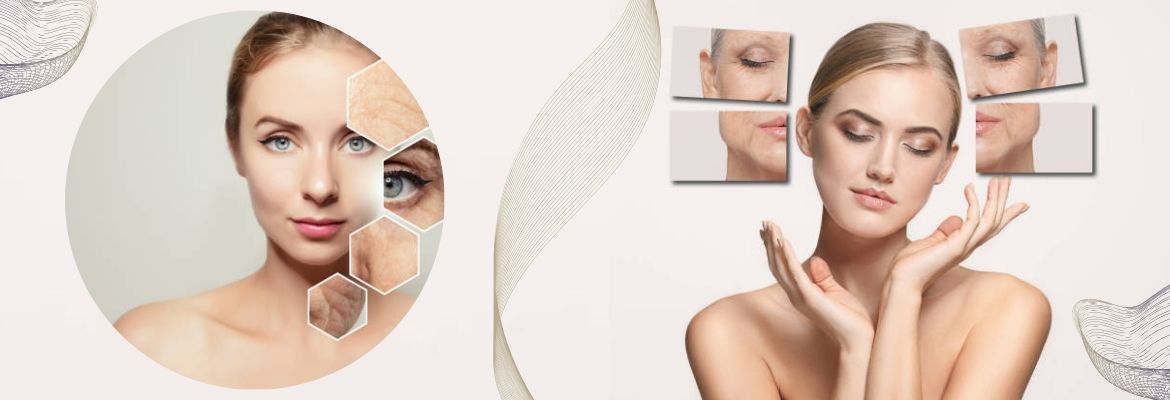The presence of facial hair in women, known as hirsutism, can be a source of discomfort and concern for many individuals. While some degree of facial hair is normal, excessive or unwanted growth can impact self-esteem and quality of life. Let’s explore the factors contributing to female facial hair and strategies for managing this condition.
Causes of Female Facial Hair:
Hormonal Imbalance: Elevated levels of androgens, such as testosterone, can stimulate hair growth in areas typically associated with male patterns, including the face, chin, and upper lip. Hormonal conditions like polycystic ovary syndrome (PCOS) or adrenal gland disorders can contribute to hormonal imbalances.
Genetics: Family history plays a role in determining hair growth patterns. Women with a family history of hirsutism may be more prone to experiencing excessive facial hair.
Medications: Certain medications, such as corticosteroids or hormonal treatments, can lead to increased hair growth as a side effect. Ethnicity: Some ethnicities are more prone to hirsutism due to genetic factors, with women of Mediterranean, Middle Eastern, and South Asian descent being more susceptible.
Management of Female Facial Hair:
Hair Removal Methods: Various methods, including shaving, waxing, tweezing, threading, and depilatory creams, can be used to remove unwanted facial hair. Choose a method that suits your preferences and skin sensitivity. Electrolysis: Electrolysis involves the use of a tiny needle to destroy hair follicles, providing a more permanent solution for hair removal. It’s effective for removing unwanted facial hair but may require multiple sessions.
Laser Hair Removal: Laser hair removal targets hair follicles with concentrated light, inhibiting future hair growth. It’s a popular option for reducing unwanted facial hair, though multiple sessions are typically required for optimal results.
Medical Treatments: For women with underlying hormonal imbalances contributing to facial hair growth, medical treatments such as hormonal therapy or oral contraceptives may be recommended to regulate hormone levels and reduce hair growth.
Cosmetic Options: Makeup and camouflage products can help conceal facial hair temporarily, providing a quick solution for covering up unwanted hair. Consultation with a healthcare professional or dermatologist is recommended for women experiencing significant facial hair growth, especially if it’s accompanied by other symptoms or concerns. They can help identify underlying causes and recommend appropriate treatment options tailored to individual needs.
It’s important to remember that while managing facial hair can be challenging, effective treatments and strategies are available to address this condition. Finding the right approach for you can help boost confidence and improve overall well-being.

